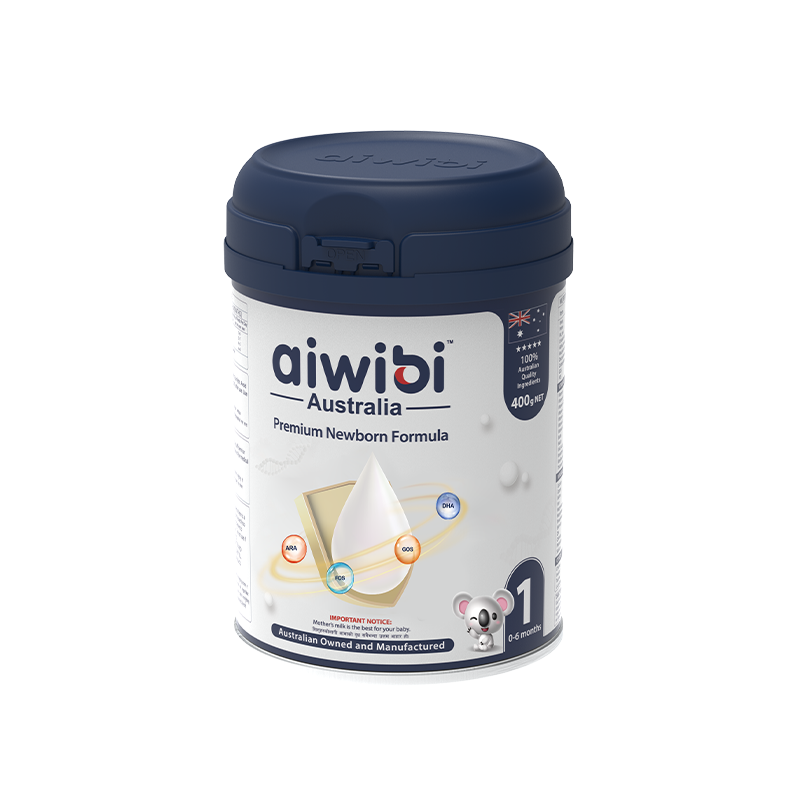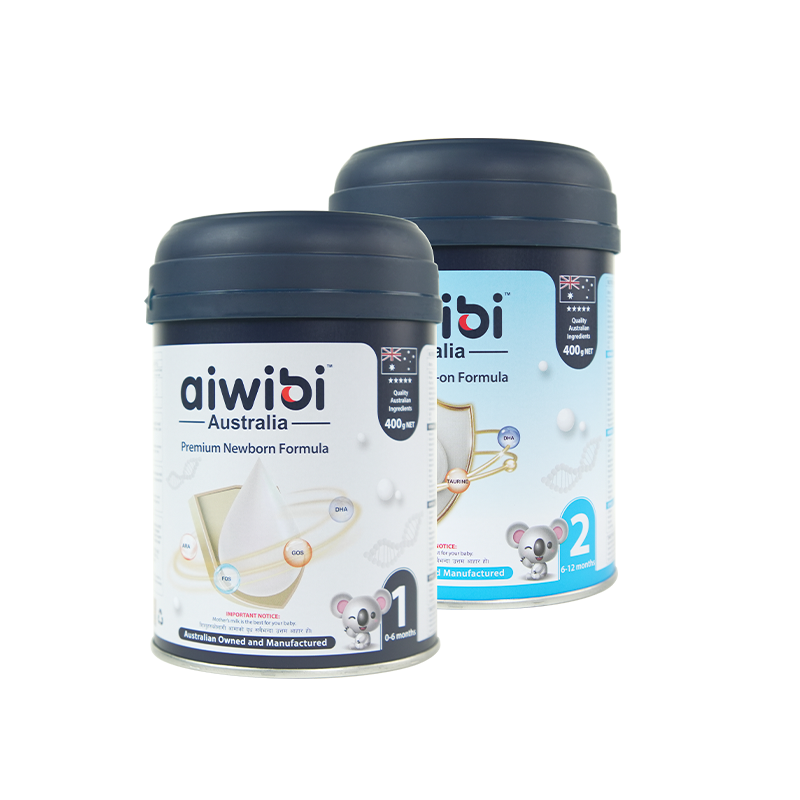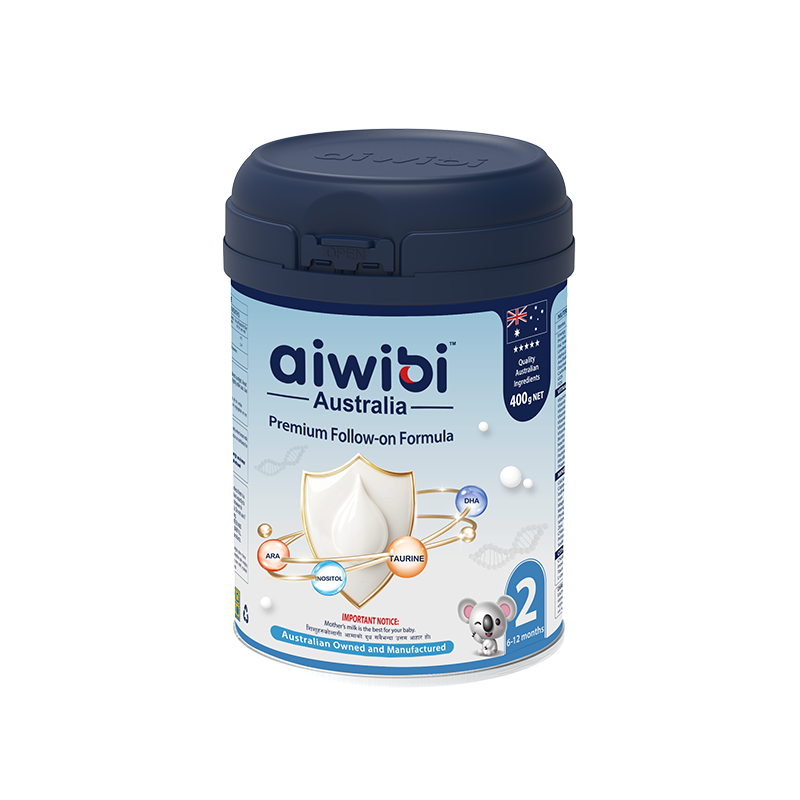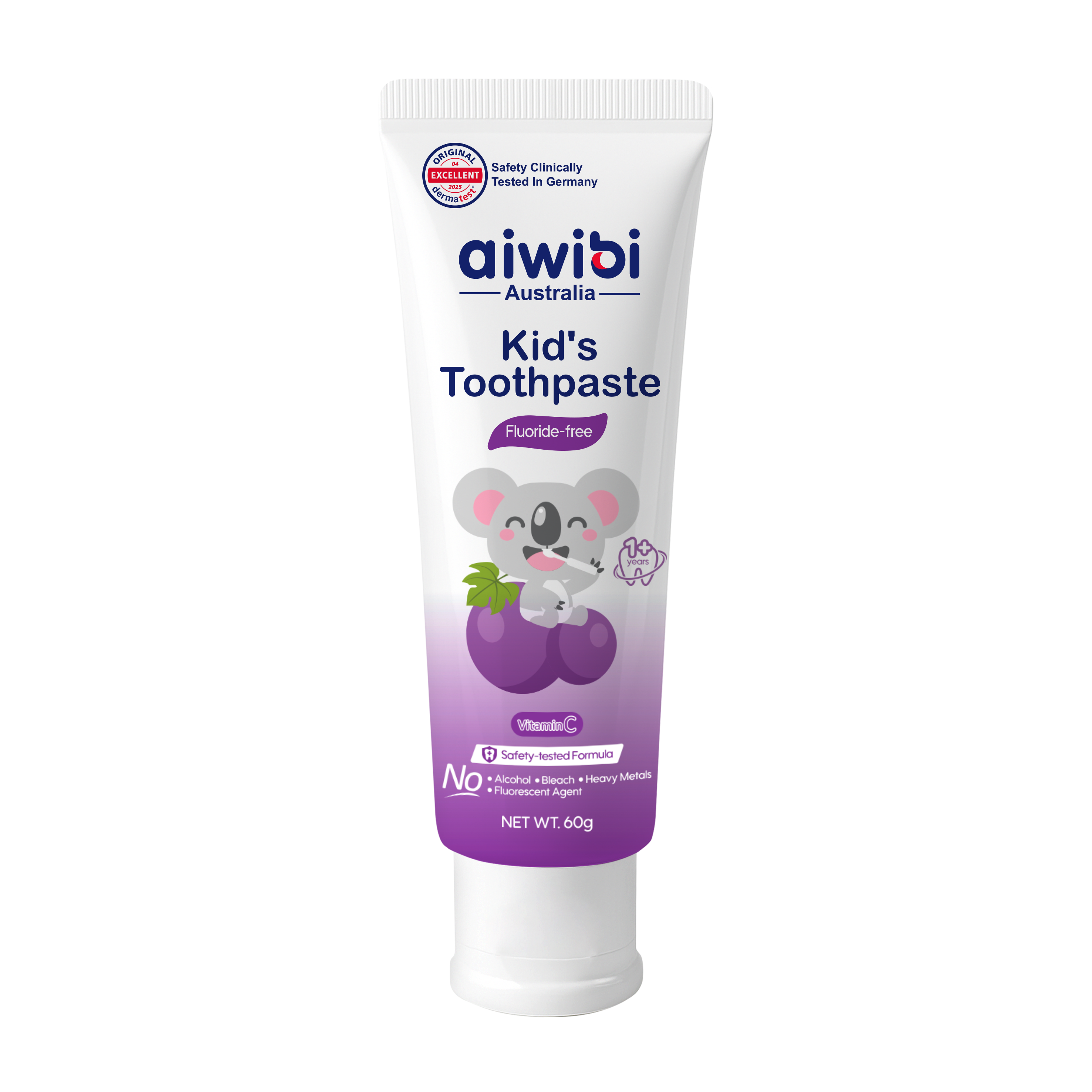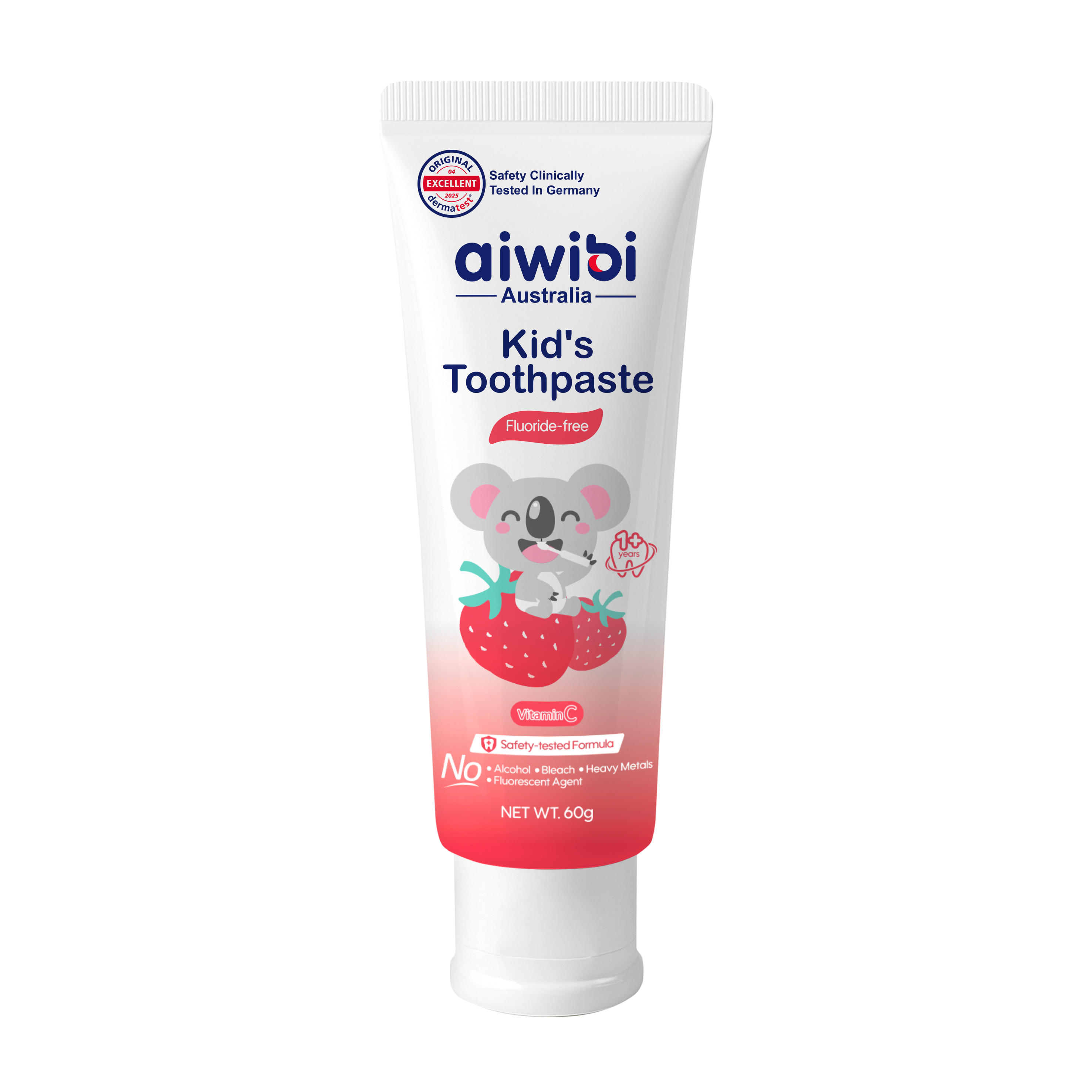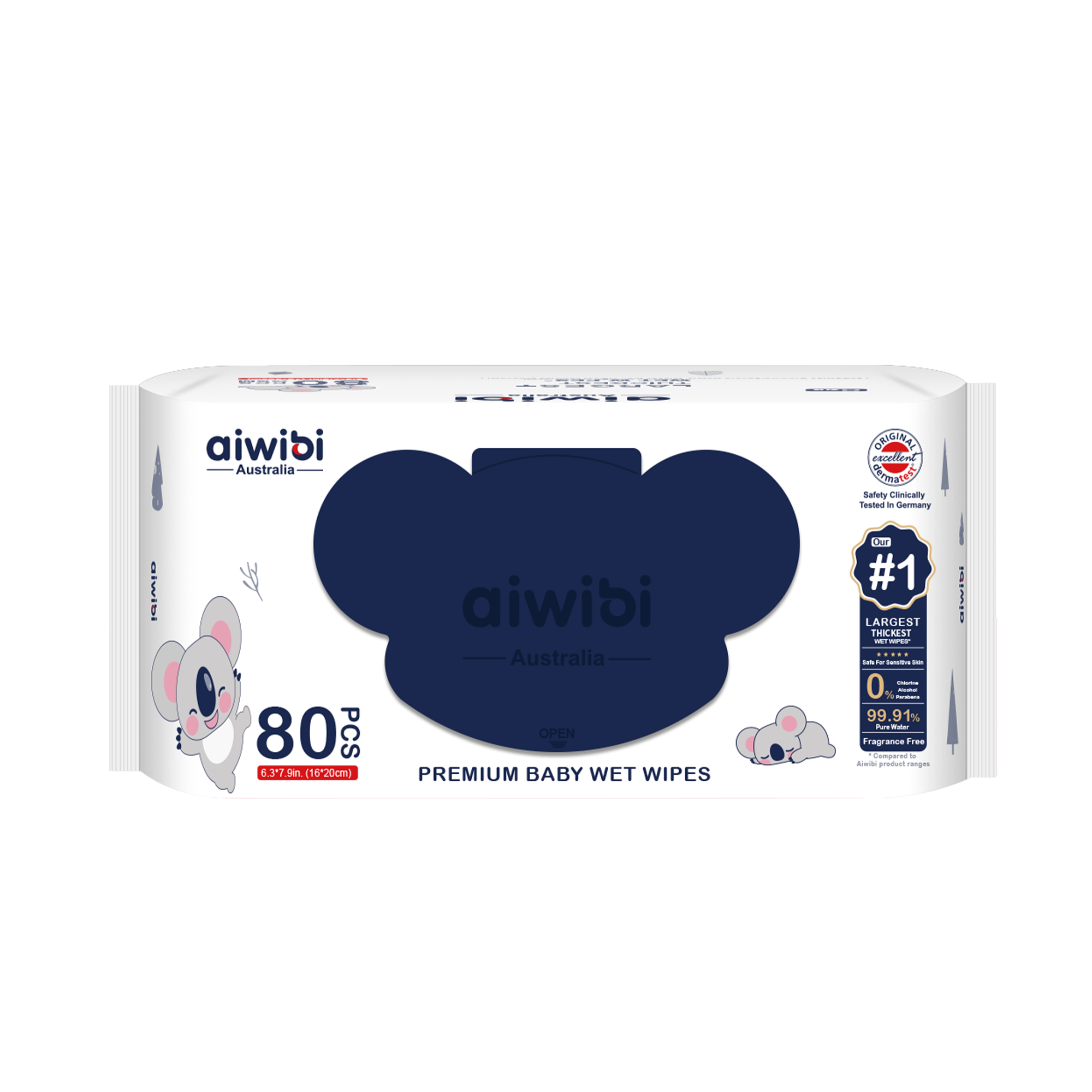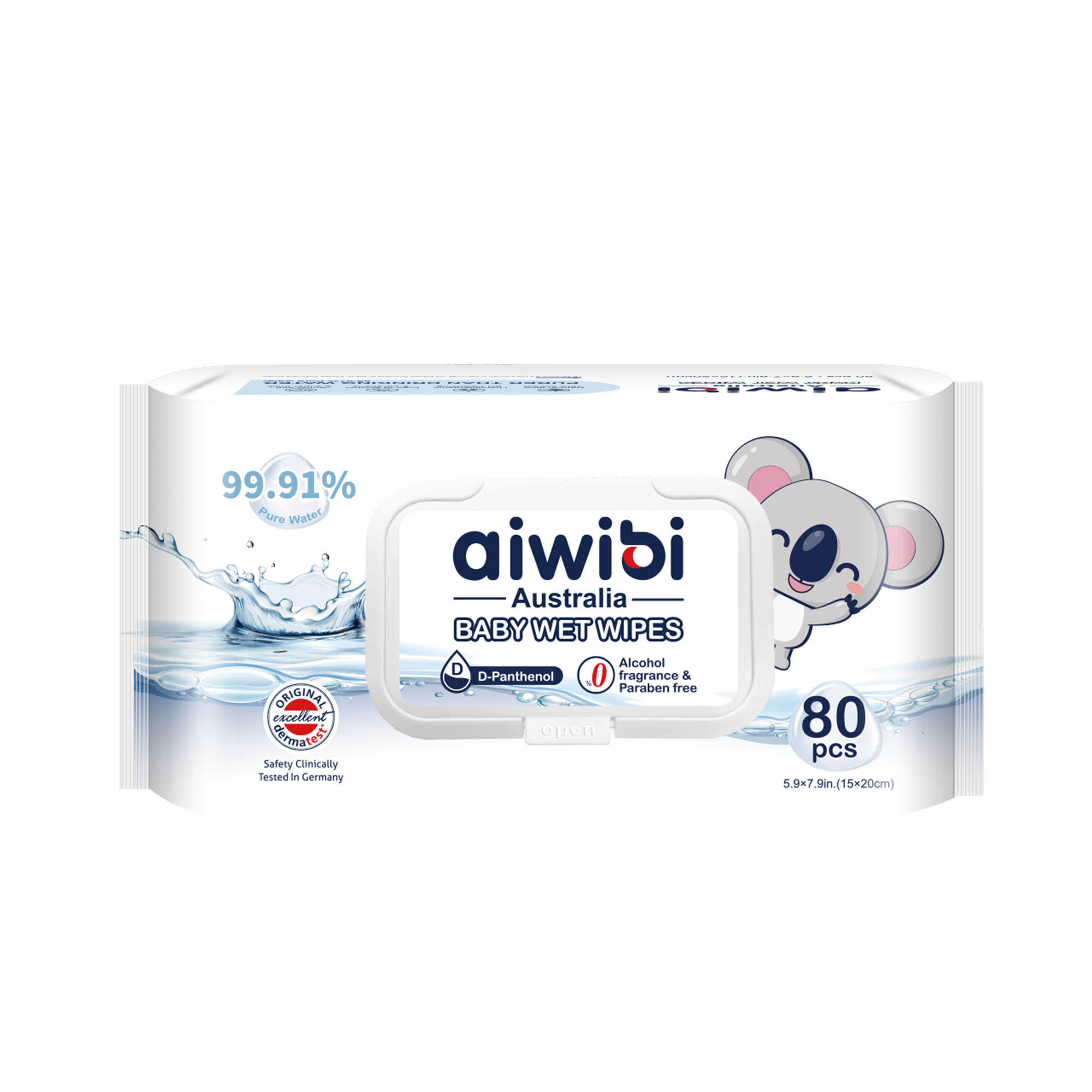Bringing a baby into the world is one of life's most emotional and powerful moments. The first few moments and hours after birth are crucial for your baby’s health and well-being. Proper immediate care of the newborn ensures a smooth transition from the womb to the outside world.
Whether you are an expectant parent, grandparent, or family supporter, understanding what happens during newborn care immediately after birth helps you feel prepared, calm, and confident.
In this guide, we break down the immediate care of newborns from three perspectives:
- Medical Team's Role (What doctors and nurses do)
- Mother's Experience (What you'll feel and can do)
- Family's Support (How loved ones can help)
1. The First Embrace: Skin-to-Skin Contact
Medical Perspective
- In most Nepali hospitals, the baby is placed directly on the mother's chest after birth (if there are no complications).
- The team monitors baby's breathing, heartbeat, and temperature.
- Routine steps like weighing are delayed to allow bonding.

Mother's Perspective
- You'll feel your baby's skin and hear their first cry—an unforgettable moment.
- Skin-to-skin contact reduces stress, stabilizes baby's heartbeat, and supports milk flow.
- Even after a C-section, many hospitals in Nepal allow skin-to-skin contact once you're stable.
Family's Role
- Respect this special bonding time—avoid crowding or taking too many photos.
- If the mother is unable, the father or a close caregiver can do kangaroo care (skin-to-skin holding).
2. Umbilical Cord Clamping: Should You Delay?
Medical Perspective
- Delayed cord clamping (waiting 1–3 minutes) is now widely practiced in Nepal.
- It allows more blood to flow from the placenta to the baby, reducing the risk of neonatal anemia.
Mother's Perspective
- This usually happens quietly while you hold your baby.
- If you prefer delayed clamping, discuss it with your healthcare provider ahead of time.
Family's Role
- Trust the medical team's decision, especially if urgent care is needed.
- You can politely ask nurses to explain what's being done for your understanding.
3. Baby's First Breath & Airway Care
Medical Perspective
- The team clears the baby's nose and mouth if there's fluid.
- Most newborns in Nepal cry within the first minute—a good sign of healthy lungs.
Mother's Perspective
- It's normal to feel worried if your baby doesn't cry immediately—but trained staff are there to act quickly.
- In some cases, the NICU team may step in temporarily.
Family's Role
- Stay calm and help keep the mother reassured.
- Avoid panic—it can add to the stress.

4. APGAR Score: Your Baby's First Health Check
Medical Perspective
- Within the first 1 and 5 minutes after birth, doctors check your baby's:
- Appearance (skin color)
- Pulse
- Grimace (reflexes)
- Activity (muscle tone)
- Respiration
-
Scoring Guidelines:
Score 7–10 → Normal, healthy baby
Score 4–6 → Fairly low; may need some medical support
Score 0–3 → Critically low; requires immediate medical attention
🧾 APGAR Score Chart
| Criteria | 0 Points | 1 Point | 2 Points |
|---|---|---|---|
| Appearance (Skin Color) | Blue or pale all over | Pink body, blue extremities (acrocyanosis) | Completely pink (normal skin tone) |
| Pulse (Heart Rate) | No heartbeat | Less than 100 beats per minute | More than 100 beats per minute |
| Grimace (Reflex Irritability) | No response to stimulation | Grimace or weak cry when stimulated | Cries or pulls away when stimulated |
| Activity (Muscle Tone) | Limp, no movement | Some flexion of arms and legs | Active movement |
| Respiration (Breathing Effort) | Not breathing | Weak, irregular, or slow breathing | Strong cry; normal breathing |
Mother's Perspective
- This test is done discreetly—you may not even notice.
- If anything is abnormal, the team will explain next steps clearly.
Family's Role
- Don't overwhelm staff with questions.
- Be emotionally available if the mother feels anxious.
5. Vitamin K Shot & Eye Ointment
Medical Perspective
- The Vitamin K injection prevents dangerous internal bleeding.
- Eye ointment (erythromycin) protects against bacterial infections.
Mother's Perspective
- These are routine and safe, but it's okay to ask questions in advance.
- If you're considering alternatives, talk to your doctor before delivery.
Family's Role
- Encourage the mother gently—these steps protect the baby.
- Avoid discouraging medically advised care.
6. First Breastfeeding Experience
Medical Perspective
- Nurses in most Nepal maternity wards assist with the baby's first latch.
- Colostrum (your first milk) is rich in antibodies that strengthen immunity.
Mother's Perspective
- Breastfeeding can feel strange or awkward at first—don't worry!
- If you're struggling, ask for a lactation consultant.
Family's Role
- Be patient—breastfeeding takes practice.
- Offer water, healthy snacks, and emotional support.
7. Measurements & First Photo
Medical Perspective
- Baby is weighed, measured, and given ID bands.
- A tiny footprint is taken for the records.

Mother's Perspective
- You may be tired—if so, ask for quiet time before photos.
- Enjoy your first family picture when you're ready.
Family's Role
- Capture memories, but don't rush the parents.
- Let them lead the moment.
The first hour after birth—known as the Golden Hour—is crucial for bonding, health, and emotional connection. Trust your doctors, stay close but calm, and remember: your quiet presence and support means everything❤️.
In Nepali culture, welcoming a newborn is a shared celebration. But in those first moments, peace, patience, and love are the most valuable gifts you can give.


